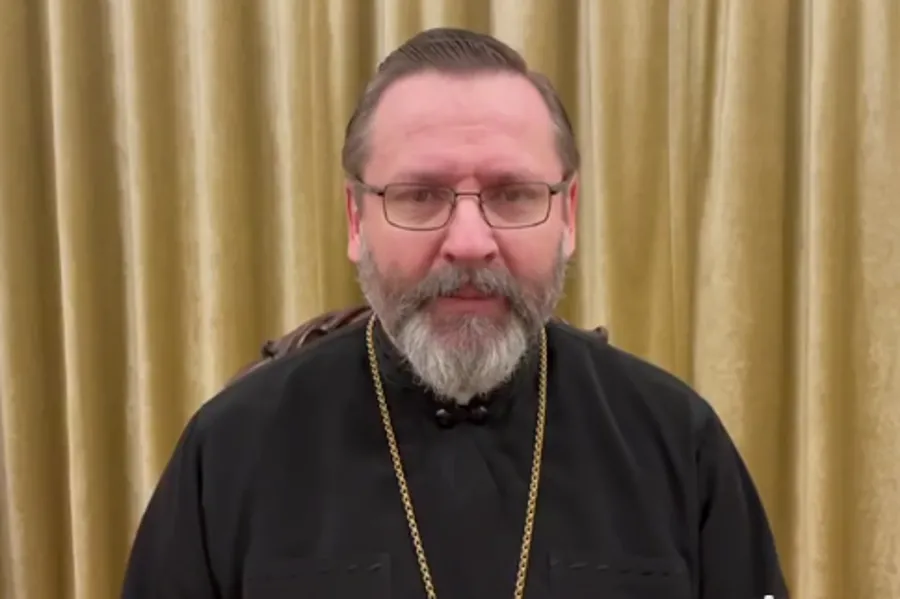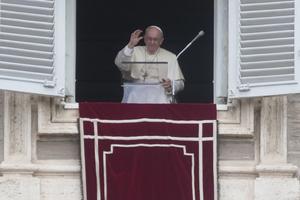Major Archbishop: Many Seeing ‘Luminous Angels Over the Land of Ukraine’
Social media users have shared unverified images purporting to show cloud formations resembling angels in Kyiv.

The leader of the Ukrainian Greek Catholic Church said on Friday that “many people” have told him that they have seen “luminous angels over the land of Ukraine.”
Major Archbishop Sviatoslav Shevchuk was speaking in a video message recorded on March 4 in the besieged Ukrainian capital Kyiv, whose patron saint is St. Michael the Archangel.
“Here in Kyiv we perceive that the patron of our city is the Archangel Michael who with the cry ‘Who is like God?’ cast into the abyss Lucifer — the one who rose up against God’s truth and was the leader of the diabolical armies,” he said.
“We perceive today that the Archangel Michael together with the whole Heavenly Host is fighting for Ukraine. So many people from throughout Ukraine are turning to me saying that they saw luminous angels over the land of Ukraine.”
He added: “Today we pray: O Archangel Michael and all the Powers of Heaven, fight for Ukraine! Cast down that devil who is attacking us and killing us, bringing devastation and death!”
Social media users have shared unverified images purporting to show cloud formations resembling angels in Kyiv.
The city’s association with the Archangel Michael dates back to the medieval era, when the saint featured on the seals of the grand princes of Kievan Rus.
The capital’s coat of arms depicts the Archangel holding a flaming sword and a shield, and a sculpture of the saint stands atop the Lach Gates at Independence Square.
Sightings of angels have been reported in previous wars. A famous example is the Angel of Mons, which was said to have protected British soldiers during World War I’s Battle of Mons in Belgium in 1914. Despite scant evidence, the story captured the British public’s imagination and continues to attract interest today.
















